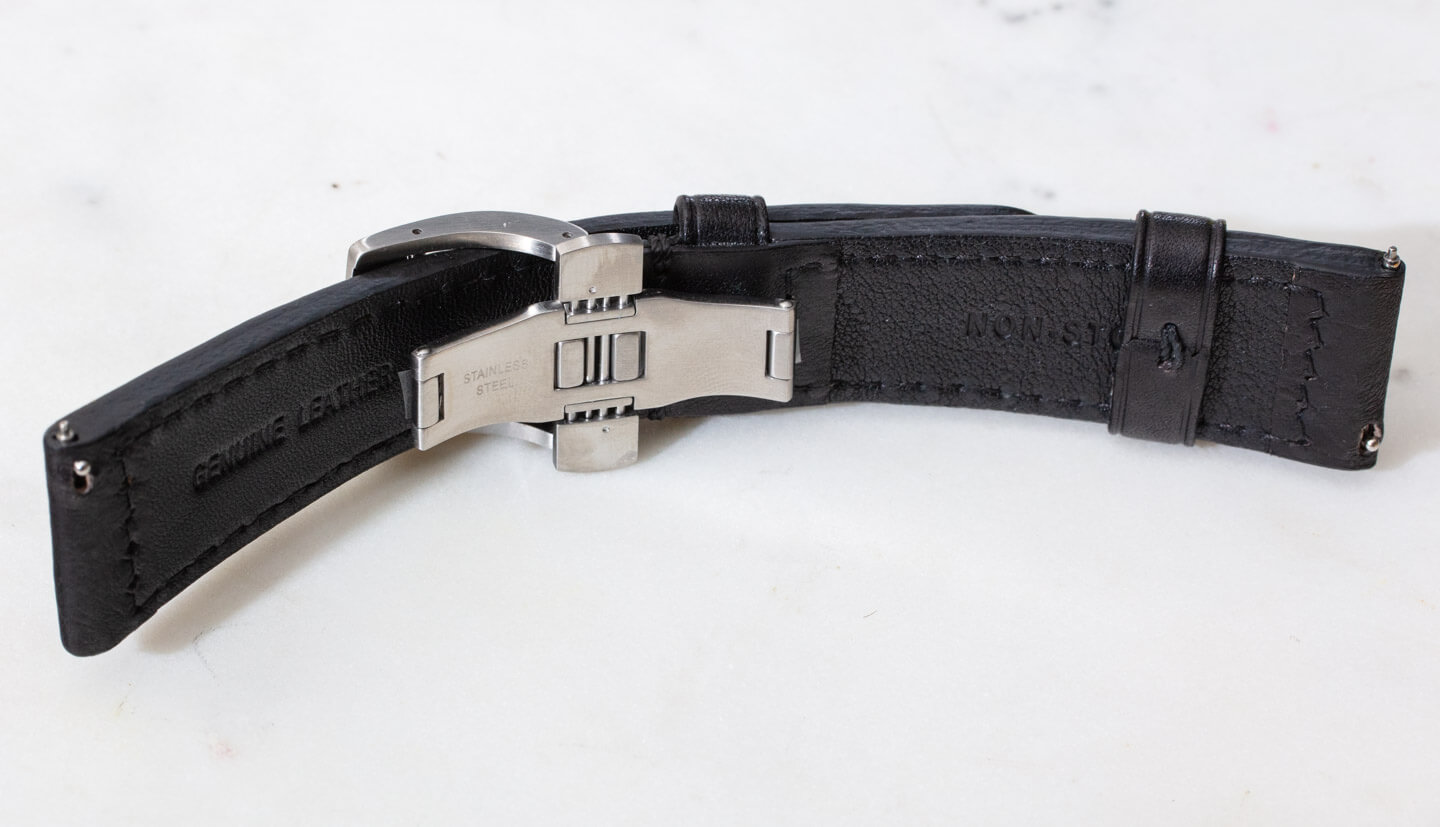
Am I the only watch enthusiast who often finds himself complaining about deplorable deployants? As someone who has personally worn countless thousands of watches, I tend to notice mistakes or problems shared by a lot of different products across different brands. The watch brand mistake I am talking about today relates to choices made in regard to the hardware used to close a watch strap. I’m irritated that a large number of watches (with straps) choose to pair those straps with a form of deployant clasp that is not only often ugly or bulky, but that actually make watches less comfortable to wear, instead of more comfortable.
One little problem is that these “deployant buckles” don’t have a standard term used to refer to them. Sometimes they are called “strap deployants,” or “deployant clasps,” or “butterfly clasps” (depending on their shape). What I am referring to are folding clasps fitted to the ends of watch straps that give watch straps an opening and closing experience similar to watch bracelets. These deployant clasps often replace more simple “pin buckles” (aka “ardillon” straps) that are considered to be the standard or typical way of closing and securing a watch strap.
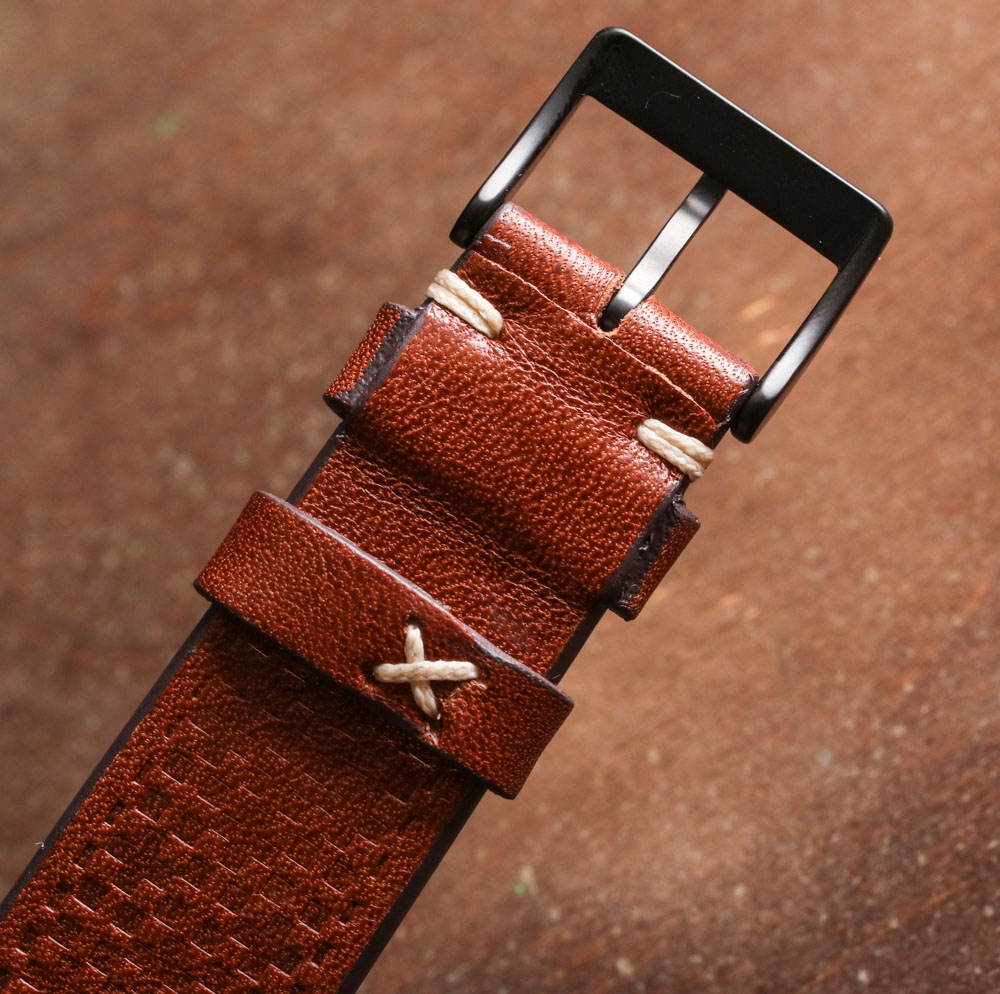
Part of my argument is that traditional pin buckle straps are more often than not a superior choice when compared to deployant clasps. I’m going to explain why brands like to choose deployant buckles, even though they are often ungainly and uncomfortable. Then, I’ll proceed to discuss why watch brands might want to think twice about deploying them (pun intended) the next time they are designing a watch strap experience.
Traditionally, deployant claps were used to protect the longevity of leather and other natural material straps. Pin buckle straps require parts of the strap to bend a lot, and over time, this wear and tear reducing the lifespan on the strap, promoting more frequent strap changes. This certainly can be true but is far less of an issue today given both the construction of modern straps, and the fact that most watch lovers do not wear just one timepiece each day — thus allowing traditional watch straps to remain in good condition longer (again, because most watch lovers rotate through a number of timepieces in any given month).
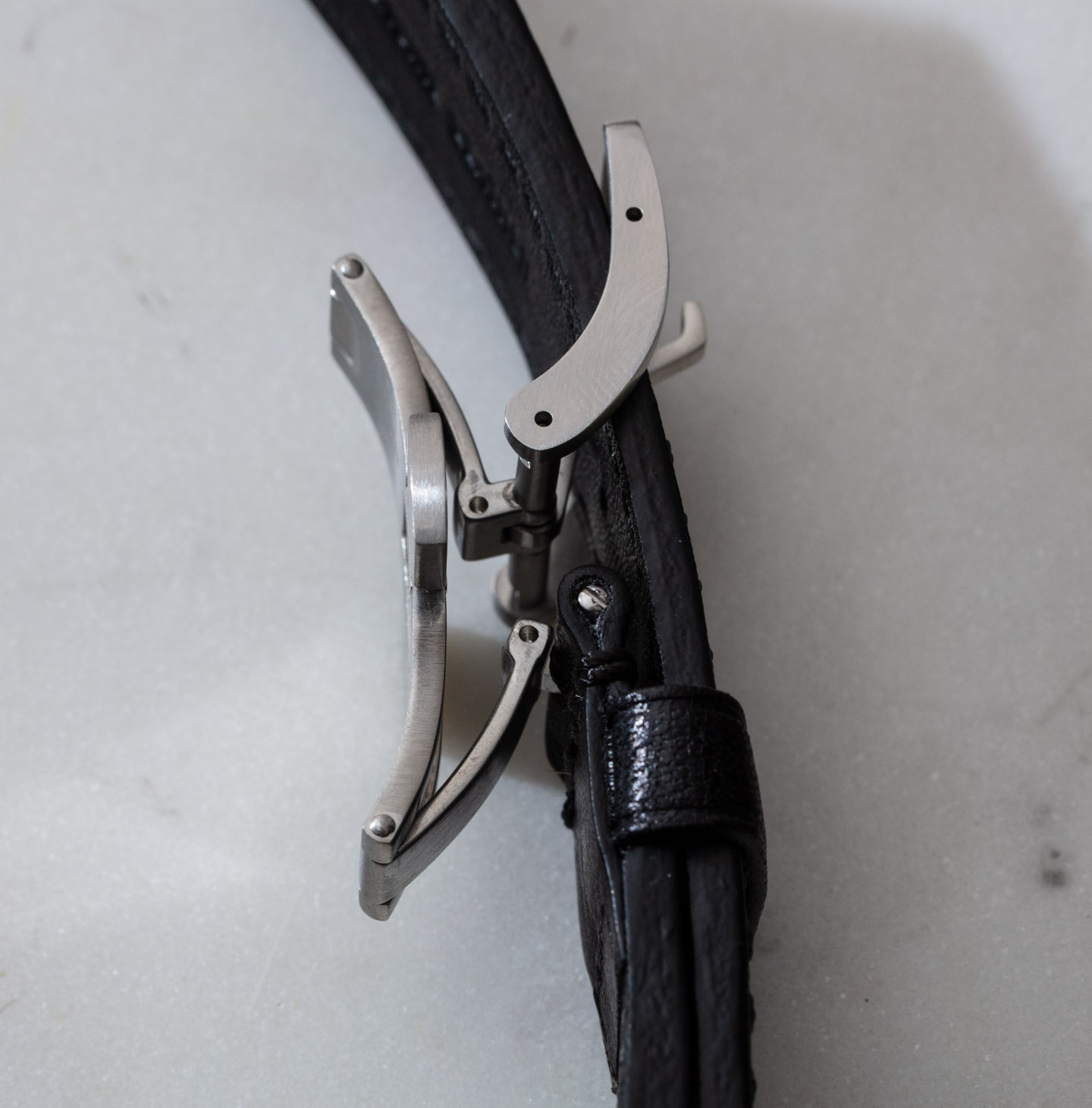
The way deployant clasps work is to allow straps to bend less, with the moving parts being (mostly) metal. This can, indeed, lengthen the lifespan of a watch strap, but that is about all these clasps are good for. If you ask most watch brands why they offer deployant clasps on their watches, they will actually tell you another story. In essence, they do this because the people at many watch brands are led to believe that consumers lend more intrinsic value to watches with these more complicated watch strap deployant systems, and are thus seemingly more willing to spend additional money on a product that has them. In other words, the watch industry believes, for one reason or another, that consumers are willing to spend more money on watches with deployant clasps.
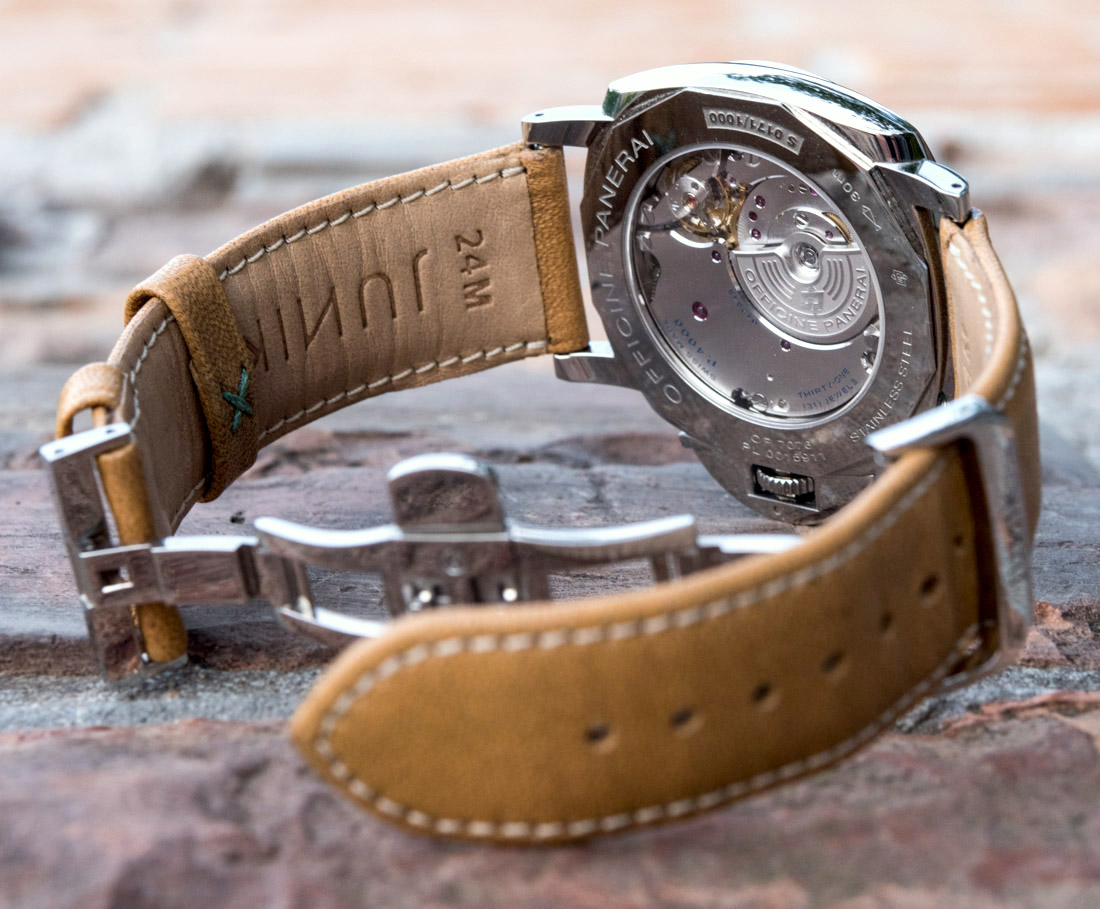
This might be true for novice watch buyers, but most watch collectors quickly learn that deployant clasps can be more trouble than they are worth. I think the two biggest problems with them is that they add an incredible volume of unnecessary bulk under the wrist, and far too many of them are highly uncomfortable (think skin-pinching and arm hair-pulling regularly). This is especially true for less expensive watches that are trying to “come off” as being higher value with the addition of a deployant clasp on the strap. The vast majority of these deployants are generic and made by a small number of suppliers who sell them to a lot of different brands. That doesn’t give anyone the incentive to refine them or even make sure they properly fit the watch, to begin with. So, for every high-end watch that actually has a decent deployant clasp experience, there are probably 50 watches out there with a sub-par deployant clasp experience that ends up being bothersome to the wearer.
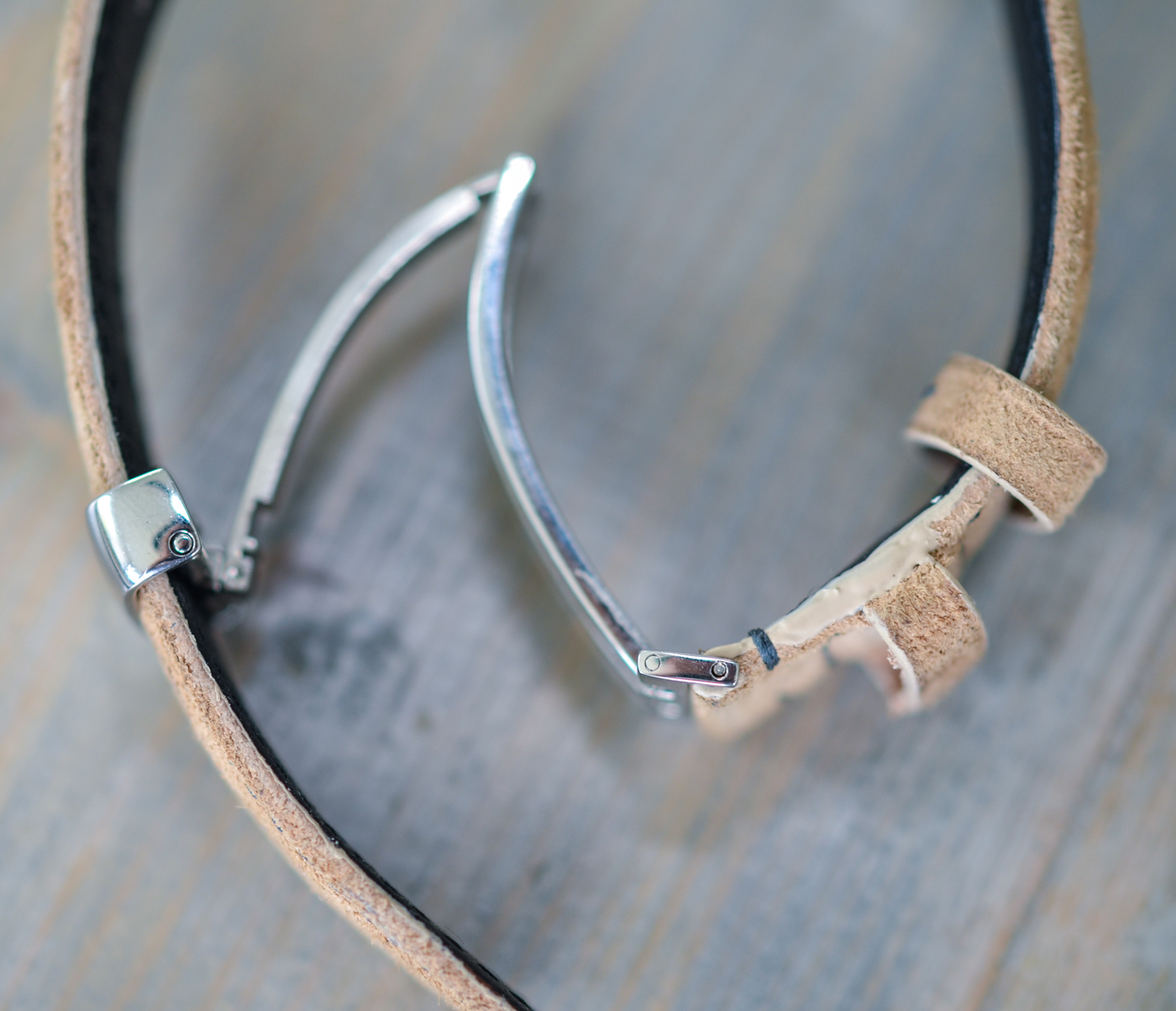
Below, you’ll have a chance to share your own opinion about watch deployant clasps. Before you do, I’d like to offer some suggestions to watch brands on how to improve this experience for timepiece consumers. The first thing most watch brands need to realize is that consumers are purchasing timepieces prior to ever trying them on, or at the least not judging those products next to similarly priced products in a traditional watch store retail environment.
That means once a consumer purchases a watch and tries it on, they will keep the watch based upon its comfort and refinement, as opposed to whether or not they feel it is worth the money (since they already purchased it). The implication for brand managers is that a comfortable watch that looks good is actually more valuable to consumers than one which appears to have more expensive hardware in the strap. Thus, the perceived value of deployant clasps is less important today than the consumer’s ergonomic experience of wearing the watch. Assuming one agrees the pin buckle is more comfortable than a deployant, a brand would want to fit its straps with that versus the more complicated, but less useful, deployant clasp option.
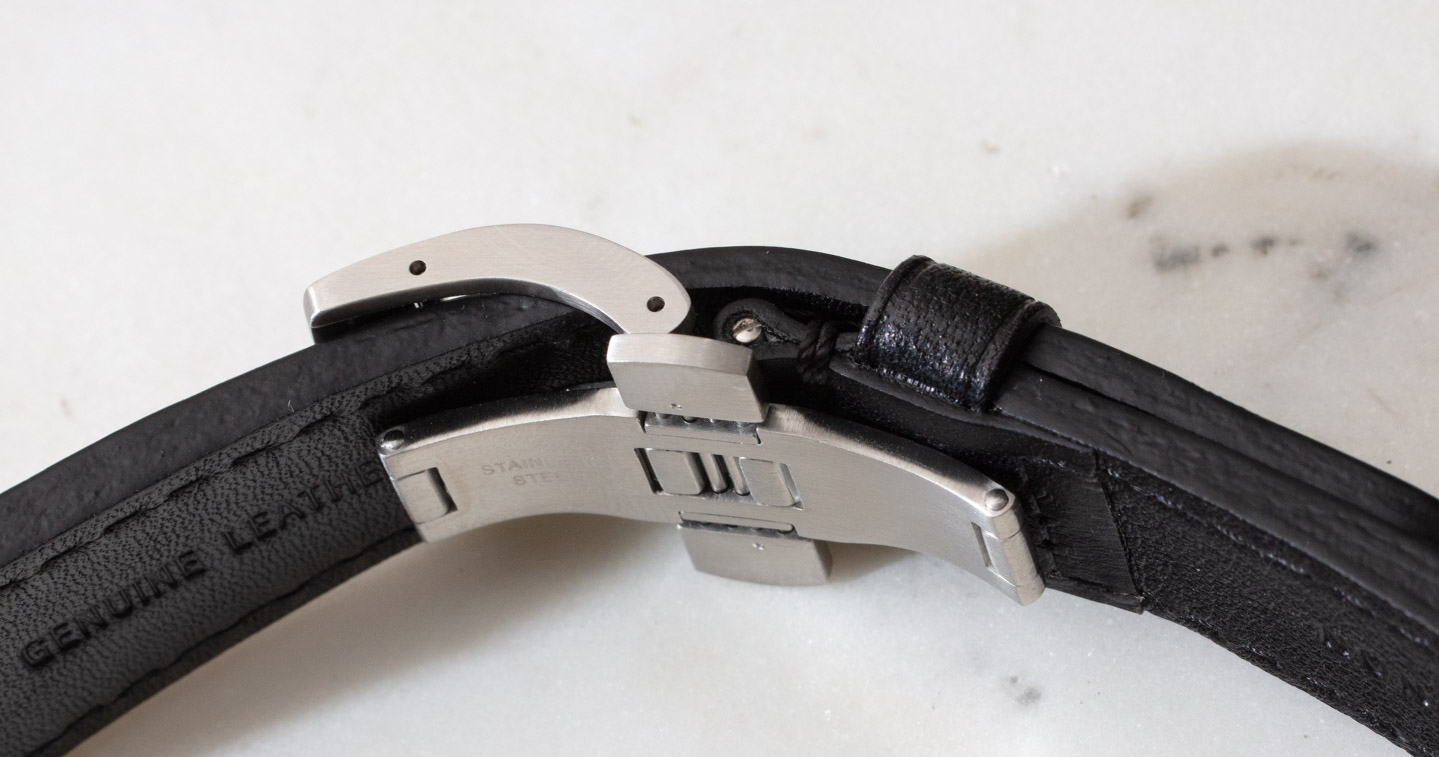
If a timepiece design truly indicates that a deployant clasp helps round-out the look of a watch, brands should at least consider also including a conversion kit in the packaging. This could be as simple as offering a traditional ardillon buckle that can be installed as an option. The cost of this part is truly minimal, and it at least gives consumers an option for how to wear their watch strap. I am actually amazed at how rarely I see this. Indeed, while packaging an extra strap with a watch is common, other needed strap accessories and options (such as clasps) are rarely as well though out in a watch’s presentation kit.
As a professional watch reviewer and experienced consumer, I say all this simply because I want more people to have as-positive-as-possible experiences with their sport or luxury watches. Too much about what goes into watch design and marketing is about habit, and this is an industry with a lot of really outdated habits that need reexamination. Watch designs might also simply want to think twice about what consumers value in a wristwatch. Is it just about what it looks and feels like in the packaging? Or is long-term comfort and ergonomics more important these days? I’d argue for the latter. As timepiece consumers, let’s start to speak up more about deplorable deployants and help re-educate watch brands so that they break these bad habits.

